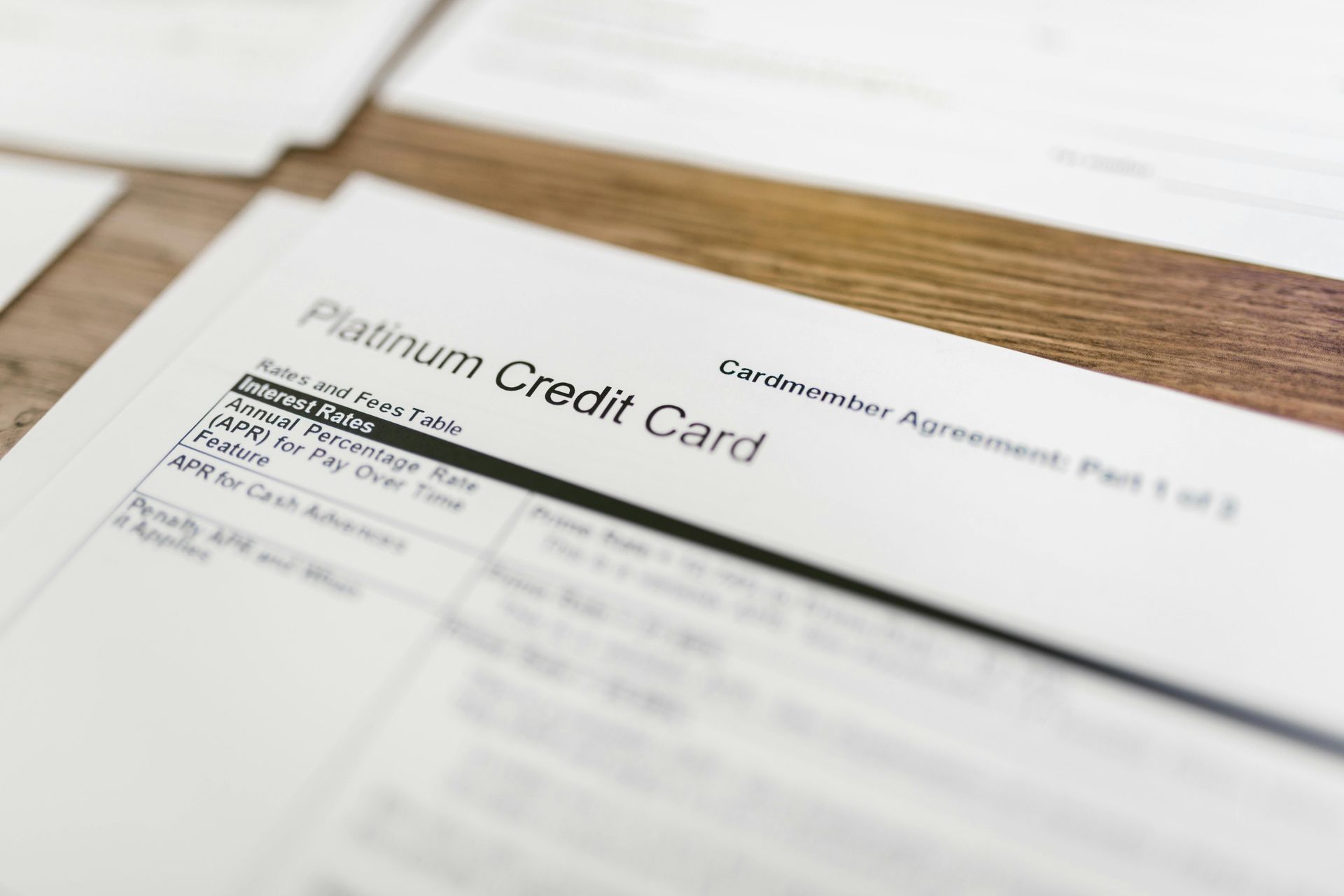LA Sewer Rate Hikes: A Rallying Cry for Los Angeles Property Owners
LA sewer rate hikes
Attention LA property owners! Proposed sewer rate hikes could impact your bottom line. Learn how to make your voice heard and advocate for change.
Los Angeles property owners and tenants are facing a potential financial burden with the proposed sewer service charge increases by the Los Angeles Sanitation & Environment (LASAN). The proposed plan outlines seven rate hikes between now and mid-2028, starting with a significant 22% increase in October 2024. This means the bimonthly sewer rate for multifamily properties could jump from $145 to roughly $177, while single-family homes would see an increase from $72.27 to $92.08. By July 2028, these fees are projected to more than double.
Echoes of the Past, Concerns for the Present:
This proposal brings back memories of a similar situation in 2011, where sewer rates saw a nearly 77% increase over a decade. Despite promises of transparency and communication, many property owners felt left in the dark. Today, property owners are still recovering from the financial strain of the pandemic, navigating the impact of eviction and rent increase moratoriums. Adding substantial sewer rate hikes to the equation further complicates the situation.
The Call to Action
In response to the proposed hikes, the Apartment Association of Greater Los Angeles (AAGLA) is mobilizing members to voice their concerns. They're advocating for property owners to contact city council members to demand an independent review of the proposed rate increases. Given the substantial impact of these increases alongside escalating costs in other areas such as insurance and mandatory property inspections, there's a strong push for LASAN to seek operational efficiencies and consider cost reductions before imposing such hefty charges on consumers.
The Critical Role of Community Engagement
As Los Angeles approaches a crucial council meeting on May 10, the stakes couldn't be higher for the city's property owners and tenants. This meeting is not just a procedural formality; it's a vital opportunity for community engagement and a test of the city's commitment to managing its public utilities with fairness and transparency.
How You Can Influence the Outcome
For those directly affected or concerned about the broader implications of these hikes, now is the time to act. Engagement can take many forms— from dialogues with council members to participation in public meetings. These actions ensure your voice is heard and influence the financial and operational landscape of Los Angeles's housing market for the foreseeable future.
Join the Movement
To get involved or learn more about how you can make a difference, consider visiting the AAGLA's website. It offers a wealth of resources, contact information for city council members, and updates on the forthcoming meeting and its outcomes. Your involvement shapes a fair and sustainable future for all Angelenos.
More about Coastline Equity
Property Management Services
 Learn More
Learn MoreOur team will handle all your property needs, offering specialized services such as in-depth inspections, liability management, staff recruitment and training, and round-the-clock maintenance—expert support tailored to the unique requirements of your real estate assets.
About Us
 Learn More
Learn MoreOur dedicated team transforms property management challenges into opportunities. From tenant management to streamlined rent collection and proactive maintenance.
Property Management Excellence
 Learn More
Learn MoreAs a contributing author for Forbes, Anthony A. Luna brings a wealth of expertise and knowledge in the property management industry, real estate sector, and entrepreneurship, providing insights and thought-provoking analysis on a range of topics including property management, industry innovation, and leadership.
Anthony has established himself as a leading voice in the business community. Through his contributions to Forbes, Anthony is set to publish his first book, "Property Management Excellence" in April 2025 with Forbes Books.
Insights
 Learn More
Learn MoreLearn more about Coastline Equity's property management practices & processes and how we support our clients with education and a growth mindset.
Coastline Equity Property Management is your partner as you continue to learn and grow.
News & Updates



Property Management Made Easy
Los Angeles
1411 W. 190th St.,
Suite 225
Los Angeles, CA 90248
Temecula
41743 Enterprise Circle N.,
Suite 207
Temecula, CA 92590
P.O. BOX #1489
TORRANCE, CA 90505



